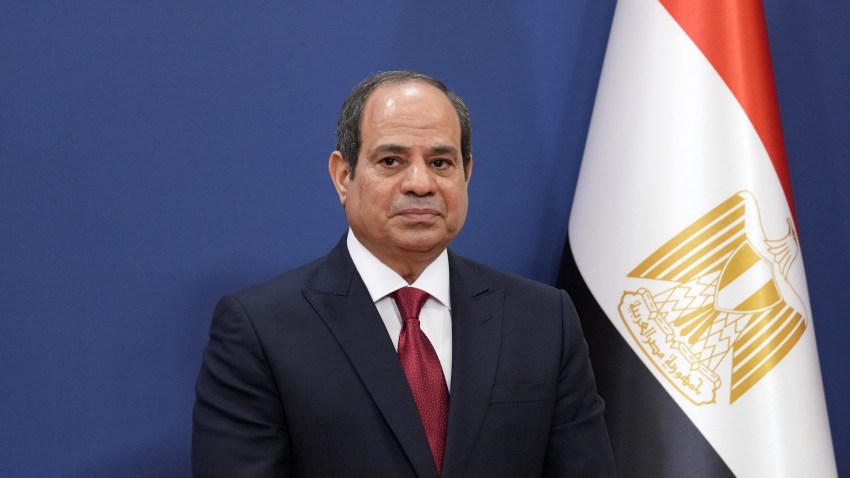When pursuing new research, academics occasionally stumble across half-forgotten projects that remind them of how distant the recent past can feel. In the past few weeks, some of my own old notes on developments during the runup to Egypt’s 2012 presidential election provided a jarring sense of how much has changed over the past decade, in that country as well as around it. Looking at the world of 2012—a time when the European Union was struggling to save the euro, Russia was touting itself as a reliable energy supplier and mass protests across the Middle East were toppling strongmen like Egypt’s Hosni Mubarak—the political developments of 2022 at times feel like a parallel universe.
Yet if one looks at underlying structural pressures, the extent to which many of the same underlying economic and social dynamics that triggered the turmoil of the early 2010s continue to shape the crises of the early 2020s becomes apparent. The outcome of that Egyptian election a decade ago made Mohamed Morsi the first and only member of the Muslim Brotherhood to become the country’s president. The subsequent toppling of Morsi’s government in July 2013 by a military coup led by Abdel Fattah el-Sisi—then a general, now the country’s civilian president—symbolizes the failure of the Arab uprisings that generated so much hope for a democratic springtime throughout the Middle East. A decade later, however, the economic inequalities and institutional dysfunctions that fueled this brief period of revolt are still a source of deep instability across the region.
In the EU and U.S., the Arab uprisings are now largely seen as a closed historical chapter whose fate was sealed by civil wars and authoritarian restorations. Whether it was the fall of the rebel-held Syrian city of Aleppo in December 2016, the fragmentation of Libyan society or civil war in Yemen, the withering of prospects for reform has been accepted by Western policymakers who once again seek deals with local strongmen in the hopes of achieving narrowly defined stability. In countries not directly affected by the Arab uprising, like Saudi Arabia and the United Arab Emirates, deepening domestic repression has accompanied a growing willingness to bankroll a return to dictatorship in other Arab societies, such as the Sisi regime in Egypt or more recent efforts by President Kais Saied to construct a one-party state in Tunisia. Despite these efforts, however, there are growing signs across the region that efforts to restore repressive forms of state patriarchy may prove less stable than they seem on the surface.

